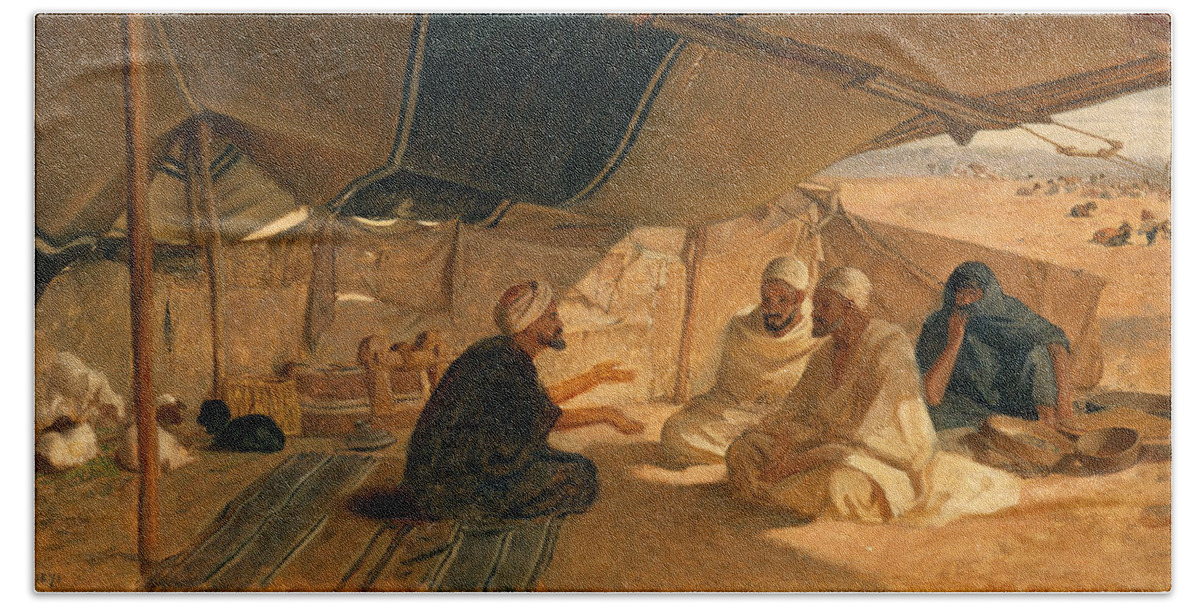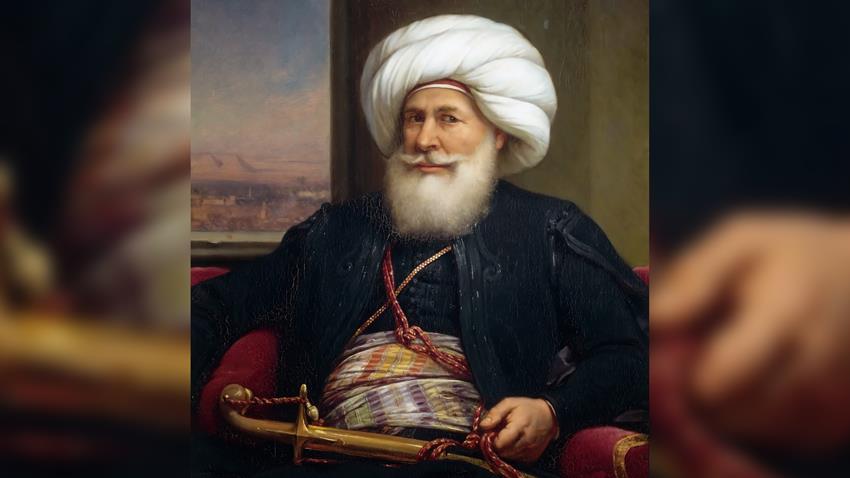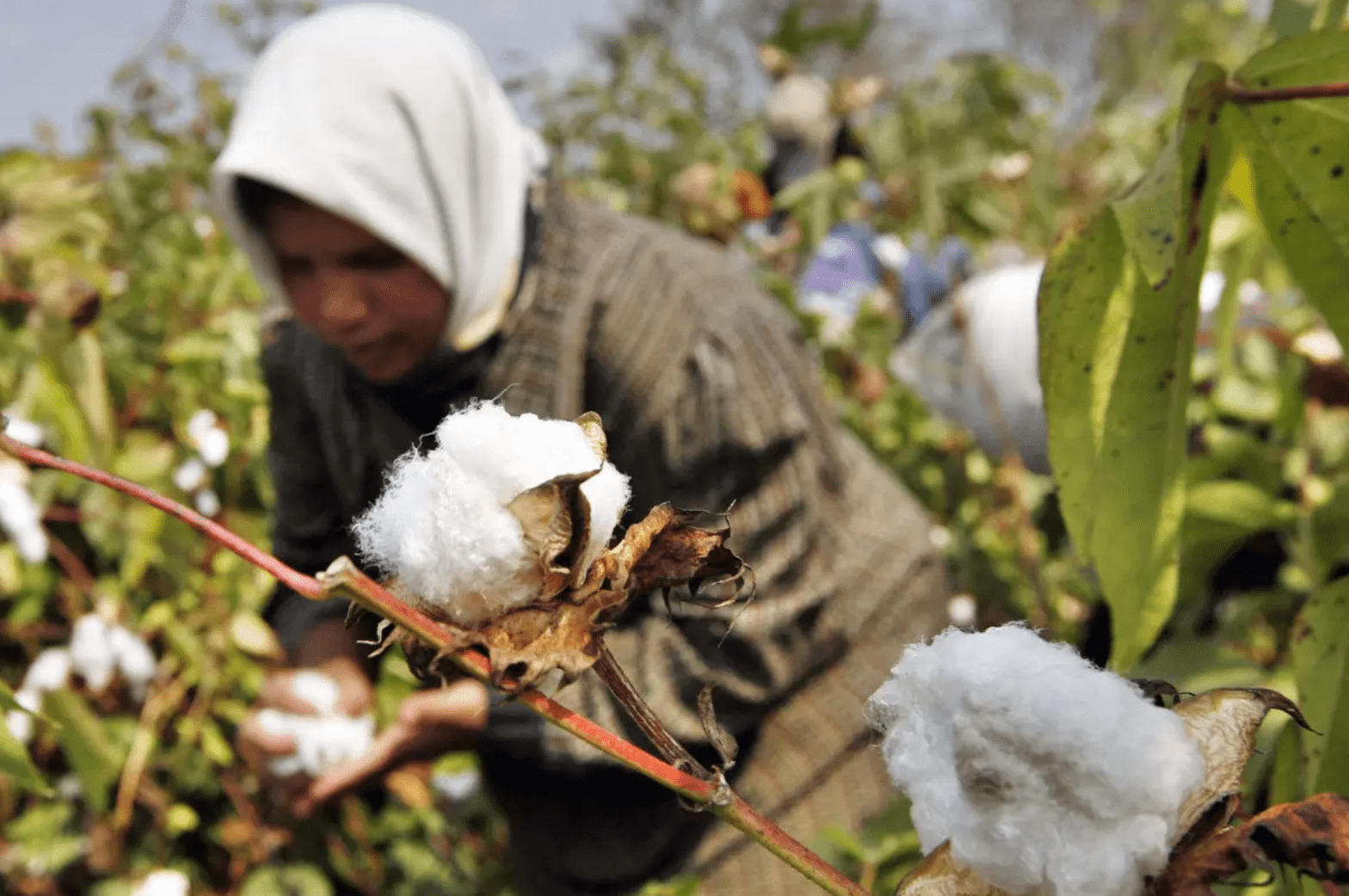Sunlight pairs best with cotton, and cotton is best Egyptian; from romantic metaphors to anecdotes of fine-living, there are few textiles more famous across the world than Egyptian cotton. Characterized by superior quality, it has garnered a worldwide reputation for being the “highest lint quality” among global cottons.
As a plant, cotton belongs to a family which includes hibiscus and okra. Scholars cite Egypt’s dynastic period as the first recorded cultivation of cotton, with hieroglyphs and sculptures serving confirmation to the use of cotton fibers as early on as 2500 BC. This dependency reached its peak between the Ptolemaic and Roman periods (circa. 305 BC – 395 AD), with two central species grown in the area (Gossypium arboreum L. and Gossypium herbaceum L.).
While the use of cotton fibers existed in some capacity, scholars maintain that the introduction of cotton as a textile is credited to the Arabs, who “are also credited for introduction, later on, of cotton growing and manufacturing in Spain and southern Europe.”
The word cotton in and of itself is derived from the Arabic qotn.


Muhammed Ali—the father of Egypt’s modern renaissance—was the one who solidified Egyptian cotton’s reputation. In short, before 1820, “one cannot speak about Egyptian cotton but rather about cotton in Egypt.” Egyptian cotton as it is known today originates with Muhammed Ali’s reign but continues for centuries after, affected closely by local and international political climates. It was during Ali’s era that Egyptian cotton “witnessed its emergence as a definite type among world cottons,” and became a coveted textile associated with wealth and quality.
In the 1860s, two major influences impacted the future of Egyptian cotton—one positive, and one rather unfortunate.
A promising factor was the appearance of the Egyptian Ashmouni variety, which became the backbone of the global cotton industry for years. A less promising development was the mixing of Egyptian fibers with American ones, which resulted in issues with quality and credibility. This new variant was dubbed “Hindi weed” and caused several issues for Egyptian cotton.

When the American civil war erupted in 1861, however, Egypt came to dominate the global market; American cotton was void and inaccessible for a period of time, which created exponential increases in the price and exportation of Egyptian cotton. Scholars estimate that it rose from about USD 16 million in 1862 to USD 56 million in 1864.
While the cotton industry in Egypt has waned and waxed over the years, Egyptian cotton still maintains its reputation as a sought-after measure of luxury. Various parts of the world grow Egyptian cotton today, maily the United States, where it is known as “American-Egyptian” or “Pima.”
However, Egypt remains the “main producer and the producer of the best qualities.”







Comment (1)
[…] القطن المصري: نسيج من عصر النهضة […]